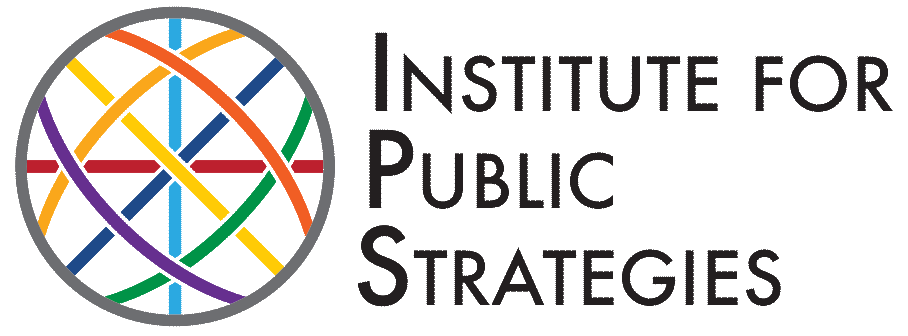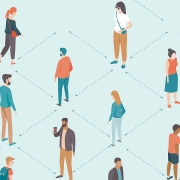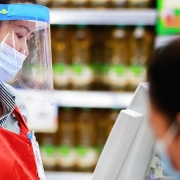Equitable Housing: A Place-Based Solution to Racism
Since the beginning of 2020, we have become acutely aware of how systemic racism has impacted people of color in America. With far greater percentages of Blacks and Latinx succumbing to COVID-19, the disparities in health and health care among these populations have been laid bare. And with elevated rates of infant mortality, heart disease, and other chronic illnesses among communities of color, some health experts and lawmakers call racism a public health emergency.
This extends to housing. People of color have been forced to live in concentrated poverty areas far more often than their White counterparts. According to a study by the Brookings Institute, poor Blacks were almost five times as likely as poor Whites to live in an extremely poor neighborhood. Poor Latinx were three times as likely.
With fewer social services and limited access to health care, lower-performing schools, and fewer job-seeking networks, most residents of poor neighborhoods get trapped in a cycle of chronic poverty that is often perpetuated through generations.
Aggravated by these conditions, higher rates of crime are also common to such neighborhoods. Police working in extremely poor neighborhoods often live in a completely different area and have little connection with the people they serve. They also have little understanding of implicit bias and the historical racist practices that their agency still upholds. Therefore, in responding to a bad situation, police officers seek only to suppress and return conditions to “normal.” But in a community struggling for the basic necessities of life, America’s normal for people of color is unacceptable.
We need to remember that the frustration and hopelessness expressed by communities of color are not just about police brutality or even chronic poverty. Their origin lies in the systemic racism that has continued to keep Black and other people of color separate – physically and otherwise – from the rest of society and excluded from its benefits.
More than anything else, it was a series of public policies, conceived in an era known as “separate but equal,” that allowed racism to become institutionalized throughout American neighborhoods. It began early in the 20th century when Black Americans migrated from the rural south to cities in the north. Desperate to maintain the status quo, policymakers created zoning codes that specified where Blacks could not live, aggressively funneling them away from white neighborhoods.
Later came the process of redlining, introduced by the Federal Housing Administration in 1934. The agency was created to advance homeownership through loan guarantees, but it explicitly refused to back loans to Black people or even other people who lived near Black people. Although the Fair Housing Act of 1968 was passed to stop redlining, this behavior still continued through restrictive covenants, discriminatory steering by real estate agents, and restricted access to private capital. All of this has circumvented any investment where Black people and other communities of color live, making their homes and communities a product of racism.
When a specific group of people has been separated by geographical boundaries, as Black people have now for hundreds of years, racial stereotypes grow, eventually becoming entrenched in the culture. Today, Black stereotypes are commonly linked to violence and criminality. We are witness to such beliefs almost daily through movies and cop shows.
However, through social media, we also witness people calling for equity in America. This includes equal access to quality health care and social services, good education, a right to fair representation in law enforcement, and especially a place where home is just as safe for a Black family as it might be for others.
It’s time to rewrite the rules to support affordable housing being built in wealthy neighborhoods. A 2015 Supreme Court ruling made this possible by affirming that the Fair Housing Act could be used to actively promote racial integration. Ensuring that people of color have access to better health care, education, and job opportunities is perhaps the one thing that could make America whole again.
Author:
Brenda Simmons
CEO/President, IPS
Brenda Simmons began her career at IPS in 2003 as a community organizer in San Diego County. She was promoted multiple times before she was elevated to CEO/President in April 2019. She has a broad range of experience working in very conservative rural and frontier communities in Montana, ultra-progressive communities including Los Angeles and West Hollywood, and everything in between. Brenda has been involved in projects ranging in focus from substance abuse prevention to community revitalization to child-sex trafficking. As CEO, Brenda oversees more than a dozen IPS projects in Southern California.




